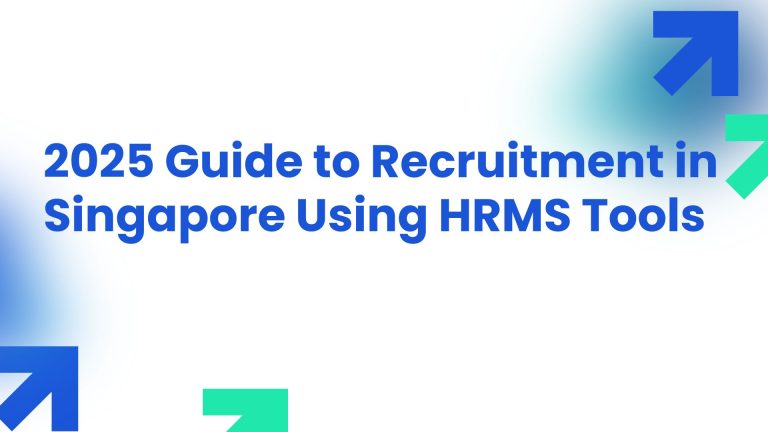PeopleCentral: HR & Payroll Software
Secure Your HR’s Future with Comprehensive HR Software
HR Software: Everything You Need to Know Before Choosing One
Introduction Let’s be honest, no one starts a business because they love filling out forms, chasing approvals, and getting buried...
Read MorePayroll Software 2025: Save Time, Stay Compliant, and Automate Everything
Introduction You know, payroll is not just about handing out...
Exploring the Future: FWA 2025 Insights
The likes of Flexible Work Arrangements (FWA) in 2025 may...
The Rise of the Gig Economy: Trends and Insights
Singapore’s streets are alive, not just with the usual busyness...
How Learning And Development (L&D) Help In People Performance
Working professionals are always eager to advance their skills, learn...
The Evolution of Taxation in Singapore 2025: A Historical Overview
Singapore has been the business hub of Asia, the best...
2025 Guide to Recruitment in Singapore Using HRMS Tools
Alright, so here’s the real deal: Singapore’s talent scene in...
What's On Your List: HRMS Necessity or HRMS Efficiency?
Integrate All Your HR Tasks within AI
Key Advantages of Implementing AI in HR Processes
AI integration into the varying business operations types is not...
AI for Employee Engagement: How Artificial Intelligence Is Transforming the Workplace
AI integration for employee engagement is one of the most...
Top Benefits of Using AI for Human Resources in 2025
It has now been proved that AI is not merely...
















 5
5


























